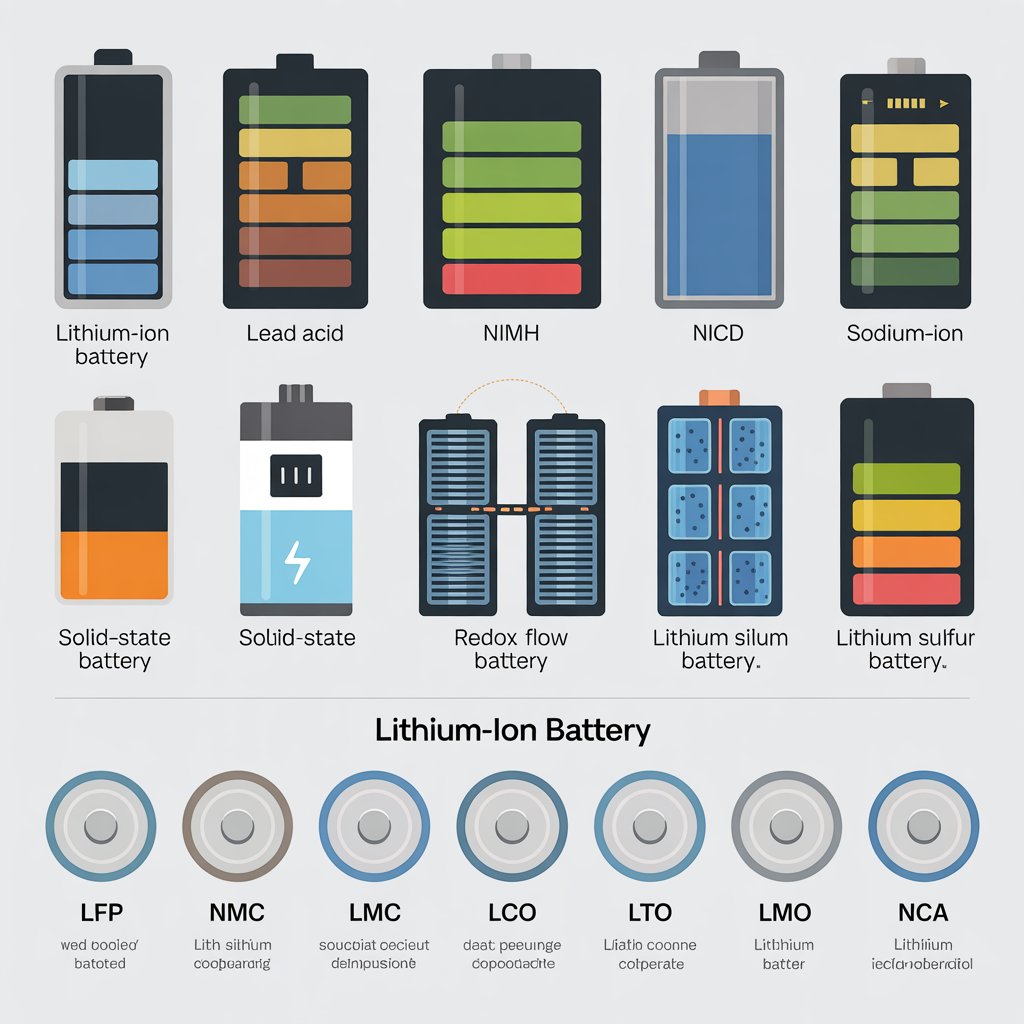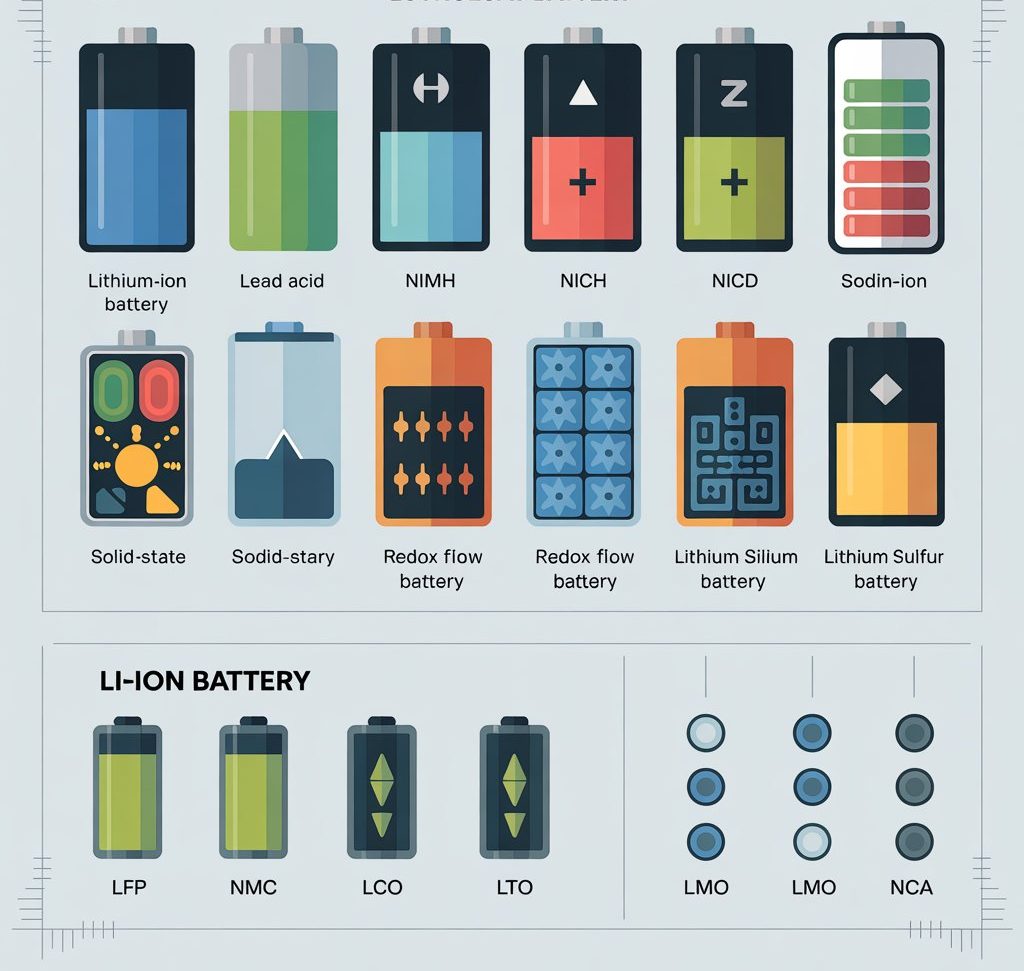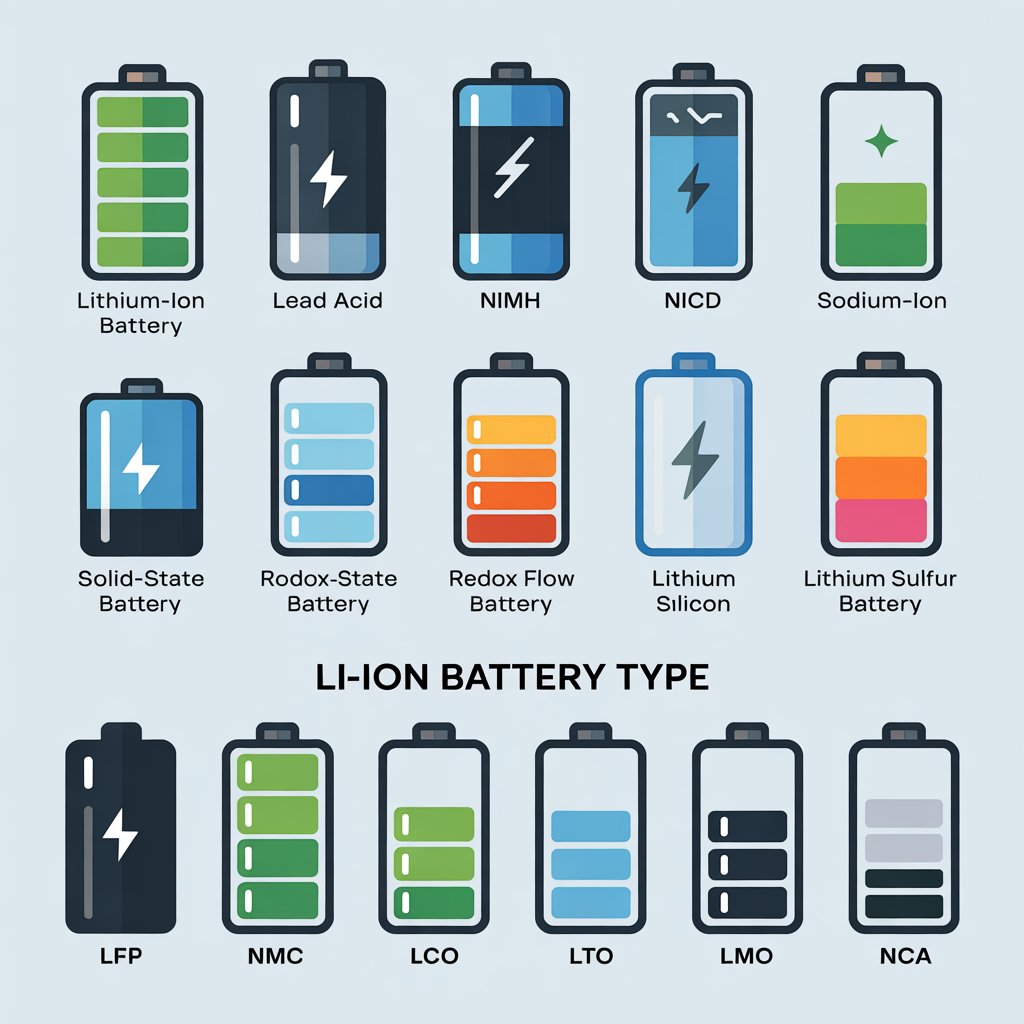Battery Technology has become the cornerstone of the global transition toward electrification and sustainability. Over the past three decades, lithium-ion batteries have revolutionized how energy is stored and consumed, powering everything from smartphones to electric vehicles and grid-scale energy systems. However, as global energy demands rise and the limitations of lithium-ion chemistry become more apparent, researchers and industries are exploring next-generation technologies that promise greater energy density, faster charging, improved safety, and reduced environmental impact. The future of battery technology lies in a diverse landscape of new materials, chemistries, and intelligent systems that will redefine the world’s approach to energy storage.
The Dominance and Limits of Lithium-Ion Batteries
Since their commercialization in the early 1990s, lithium-ion batteries have set the standard for modern energy storage. Their high energy density, long cycle life, and adaptability have made them indispensable across industries. Yet, as performance requirements intensify, lithium-ion technology faces significant challenges. Issues such as safety risks from flammable liquid electrolytes, reliance on scarce minerals like cobalt and nickel, and limited energy capacity have driven the search for alternatives. While improvements in cathode composition and manufacturing efficiency continue to extend the life of lithium-ion systems, the next wave of innovation aims to move beyond these constraints toward more sustainable and high-performance solutions.
Download PDF Brochure @ https://www.marketsandmarkets.com/pdfdownloadNew.asp?id=253343109

Solid-State Batteries: The Next Evolution in Energy Storage
Solid-state batteries are widely regarded as the most promising successor to conventional lithium-ion technology. By replacing liquid electrolytes with solid materials, these batteries offer higher energy density, faster charging, and improved safety. The absence of flammable electrolytes eliminates the risk of thermal runaway, a major safety concern in current batteries. Automotive manufacturers such as Toyota, BMW, and Volkswagen are heavily investing in solid-state research, envisioning electric vehicles that can travel longer distances and recharge in minutes. However, challenges related to material interfaces, scalability, and cost remain. Once these barriers are overcome, solid-state batteries could redefine energy storage across transportation, consumer electronics, and grid systems.
The Rise of Sodium-Ion Batteries as a Sustainable Alternative
As lithium resources become more geographically concentrated and expensive, sodium-ion batteries are emerging as a viable alternative. Sodium, being more abundant and widely available, offers a cost-effective and sustainable path for large-scale energy storage. Although sodium-ion batteries typically have lower energy density than lithium-ion, advances in cathode and anode materials are bridging that gap. Companies such as CATL and Faradion are pioneering commercial sodium-ion solutions suitable for renewable energy storage and low-cost electric vehicles. The development of this technology could reduce supply chain vulnerabilities and democratize access to efficient energy storage on a global scale.
Inquiry Before Buying @ https://www.marketsandmarkets.com/Enquiry_Before_BuyingNew.asp?id=253343109

Exploring Lithium-Sulfur and Metal-Air Chemistries
Beyond sodium-ion and solid-state systems, lithium-sulfur and metal-air batteries represent bold frontiers in next-generation energy storage. Lithium-sulfur batteries have the potential to achieve energy densities several times higher than traditional lithium-ion cells while being lighter and more cost-effective. Their use of sulfur—a low-cost and abundant material—also addresses environmental concerns. Metal-air batteries, particularly zinc-air and lithium-air variants, use oxygen from the air as a cathode reactant, dramatically increasing theoretical energy capacity. These chemistries, though still in the research stage, could revolutionize electric aviation, long-range transportation, and renewable integration once challenges related to stability and rechargeability are resolved.
Advances in Manufacturing and Recycling Technologies
As new chemistries emerge, manufacturing innovation is critical to achieving commercial scalability. Techniques such as dry electrode coating and 3D printing are improving production efficiency and reducing environmental impact. Automation and AI-driven quality control systems are ensuring consistency and reducing waste in gigafactory operations. At the same time, recycling technologies are advancing to recover valuable materials from used batteries, promoting a circular economy. Closed-loop recycling systems are enabling the reuse of lithium, nickel, and cobalt, reducing dependence on mining and lowering the overall carbon footprint of battery production. This integration of sustainable manufacturing and recycling will be pivotal for the future of the global battery supply chain.
AI and Digitalization Driving Battery Intelligence
Artificial intelligence is becoming a transformative force in the development and management of batteries. Machine learning algorithms are being used to model new materials, optimize electrode design, and predict degradation patterns with remarkable precision. AI-driven battery management systems (BMS) are enhancing performance and extending the lifespan of energy storage systems through real-time data analysis. Additionally, the concept of digital twins—virtual replicas of physical batteries—is enabling predictive diagnostics, accelerating research, and reducing development costs. These technologies are not only improving efficiency but also enabling smarter, self-optimizing batteries that can adapt to diverse applications.
View detailed Table of Content here – https://www.marketsandmarkets.com/Market-Reports/battery-technology-market-253343109.html

Integration with Renewable Energy and Electric Mobility
The next generation of battery technologies will play a vital role in supporting global decarbonization goals. As renewable energy adoption increases, advanced storage systems will ensure grid stability by balancing intermittent power generation from solar and wind sources. In the mobility sector, improved batteries will drive the expansion of electric fleets, from personal vehicles to heavy-duty transportation and aviation. The convergence of renewable integration, electrification, and digital intelligence will define the next era of energy infrastructure.
Future Outlook: Toward a Cleaner and More Resilient Energy Future
The evolution of battery technology is entering a pivotal phase, where innovation, sustainability, and scalability converge. The future will not belong to a single battery chemistry but rather to a diversified ecosystem of technologies optimized for specific needs—solid-state for high-performance vehicles, sodium-ion for grid storage, and lithium-sulfur for lightweight applications. As research accelerates and commercialization expands, these next-generation batteries will play a crucial role in building a cleaner, smarter, and more resilient global energy landscape.
